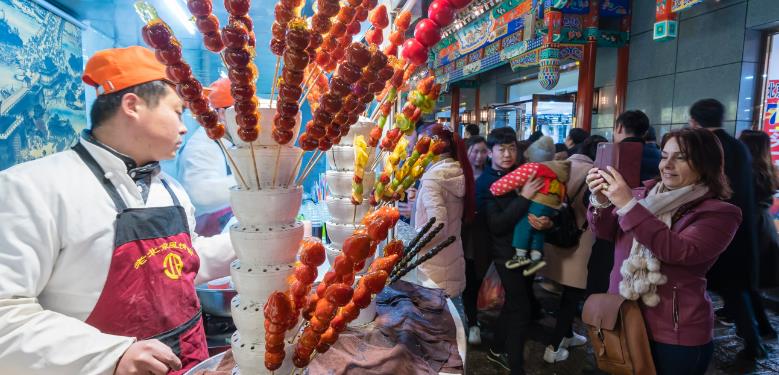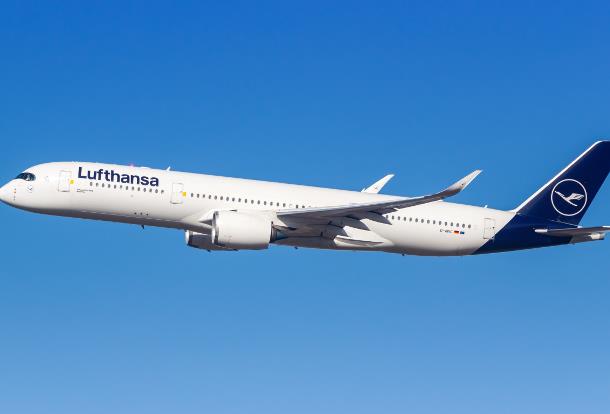
As early as 2019, a research by the travel consultancy IPK International revealed that the cities most affected by overtourism were Beijing, Mexico City, Venice, Amsterdam, Istanbul, and Florence.
Why is overtourism particularly pronounced in Beijing? One fundamental reason is the shift in consumer behavior in the post-pandemic era. After the pandemic, people have become more selective about their travel destinations. With limited time and budget, they prefer to visit the most iconic routes and the most worthwhile attractions.
The further expansion of social media has also increased the channels through which tourists obtain travel information. This has led to two main effects: more people are opting for independent travel, and a growing number of tourists are choosing attractions based on OTA rankings and social media guides. As a result, there has been a surge in visitors to Beijing's iconic landmarks.
Moreover, most of Beijing's attractions are highly concentrated. The Forbidden City, Nanluoguxiang, the National Museum of China, the Prince Gong's Mansion, Beihai Park, and Jingshan Park are all located in the core area of Beijing. The consequence of this high density is that when the number of tourists increases, the capacity is insufficient, leading to traffic congestion and noise issues, which in turn causes problems for the residents living in the surrounding areas.




